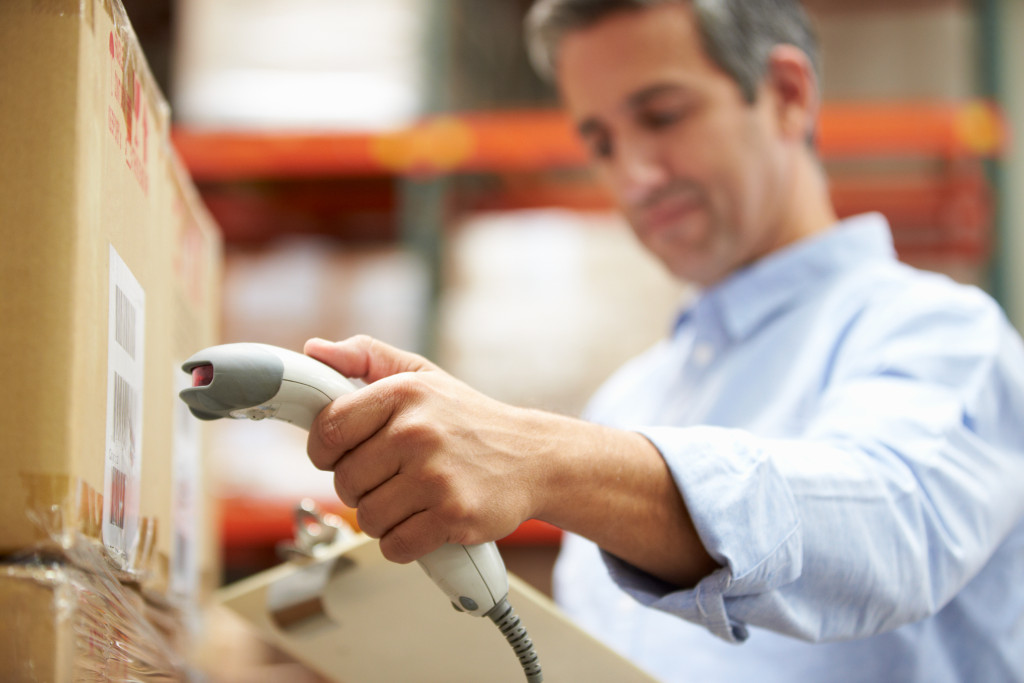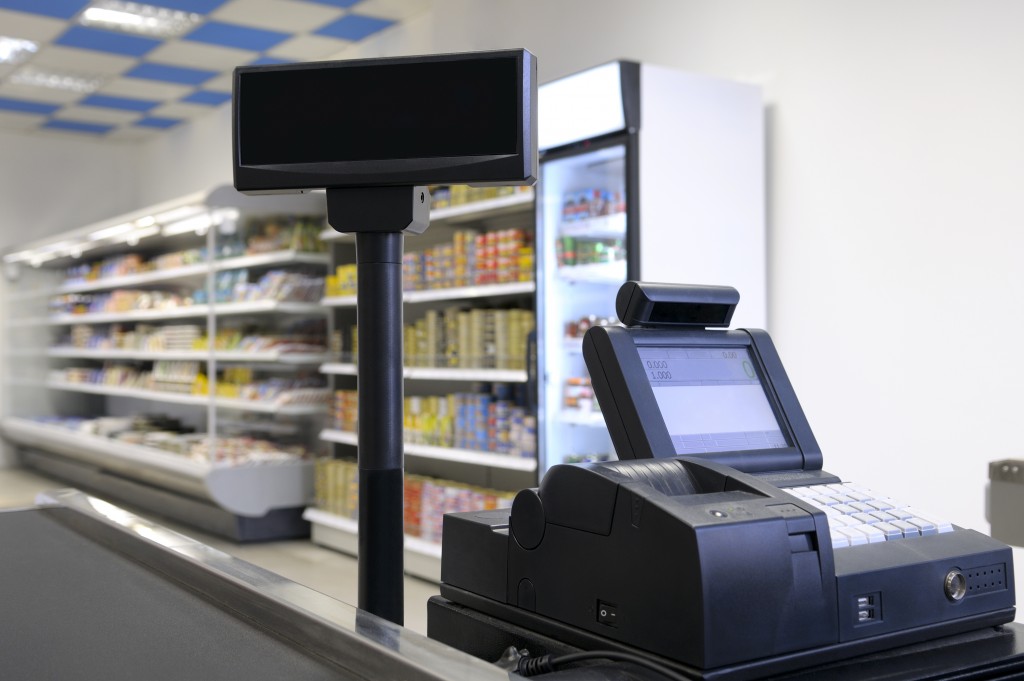• Invest in high-quality equipment such as trucks, flatbeds, and forklifts to increase efficiency in delivery.
• Analyze current processes to identify areas of inefficiency and create solutions.
• Optimize inventory management systems to reduce waste and speed up order fulfillment.
• Utilize technology tools to streamline communication between different stakeholders.
• Train employees on safety protocols and equipment maintenance to reduce errors and delays.
If you’re a business owner, entrepreneur, or company leader looking to increase efficiency in logistics and delivery, this blog is for you. Here are some strategies to reduce waste, streamline your processes, and keep your business moving.
Invest in High-quality Equipment
Quality equipment is essential for maintaining efficiency in delivery and logistics. Investing in top-of-the-line tools and machines can save you time, money, and energy in the long run. Here are some examples you should never neglect:
Trucks and Vehicles
Invest in reliable, safe vehicles that can handle the load you need them to deliver. This is ultimately the most important factor in keeping your delivery vehicles running efficiently. This is because the quality of the truck or vehicle dictates how much time and effort it takes to maintain it and keep it running optimally.
Flatbeds
Flatbeds are another essential piece of equipment used in delivery and logistics. In order to get the most out of your vehicle, durable steel truck beds are worth considering. This type of bed is long-lasting, allowing for faster loading and unloading times as well as increased safety during transportation.
Forklifts
Forklifts are a crucial component of the delivery and logistics process, as they are used to lift and transport heavy items. Investing in high-quality forklifts will enable you to move goods more quickly and safely.
Sorting System
In order to maximize efficiency in your delivery processes, you should invest in a sorting system. This can help streamline the process of loading and unloading by putting items into specific bins or containers. It will also reduce the amount of time needed to search for an item, as it can be easily retrieved from its bin.

Analyze Your Processes for Inefficiencies
The first step to reducing waste and increasing efficiency is analyzing your current logistics and delivery processes. Start by breaking down your individual steps from inventory management to order fulfillment.
This will help you determine areas of inefficiency that are causing delays or using up extra resources. For instance, you can look at the time it takes to pick and pack items or if there are any bottlenecks that are hindering production.
Once you’ve identified potential problems, you can begin working on solutions. This could involve automating certain processes or creating an optimized approach for order fulfillment.
Optimize Your Inventory Management System
Inventory management plays a major role in logistics and delivery efficiency. Make sure you have an organized system that allows you to quickly identify what items need replenishing and what items are out of stock.
This way, you can act accordingly without wasting time or resources. Automating your inventory management system through a software solution is also a great way to streamline the process further.
If possible, consider implementing a barcoding system ;;;as well. This will allow you to quickly scan items and track them from the warehouse to their final destination. In some cases, this can even reduce the amount of paperwork needed.

Utilize Technology To Streamline Communication
Having efficient communication between the different stakeholders involved in the logistics and delivery process is essential for success. Utilizing technology such as cloud-based systems and mobile applications can help streamline communication between all parties involved.
From customers placing orders to drivers delivering goods, everyone will know exactly where they should be at any given point in time without having to wait on lengthy emails or phone calls back and forth. This can also prove helpful when it comes to tracking progress and monitoring the entire process.
Furthermore, using technology to automate the delivery process can reduce errors and save time. This is because technology can identify potential problems before they happen and provide real-time updates on the progress of each delivery.
Train Your Employees Effectively
Your employees are the key to streamlining your delivery and logistics processes. Make sure they’re correctly trained on all relevant topics, including safety protocols and equipment maintenance.
This will ensure that tasks are completed more quickly and efficiently with fewer errors or delays. For starters, consider providing employees with periodic refresher courses or videos that cover the basics.
You should also create an open dialogue between management and staff, as this will help foster a better understanding of how to increase efficiency in logistics and delivery. By doing so, your team can provide feedback on their experience and make suggestions for improvement.
Increasing efficiency in logistics and delivery requires thoughtful planning and strategy implementation. Investing in quality equipment, analyzing your existing processes, optimizing inventory management systems, utilizing technology tools, and training employees can all play key roles in achieving greater levels of efficiency while reducing waste. Take the time today to assess how well your business’s current operations are running; it could save you money (and headaches) down the road.

